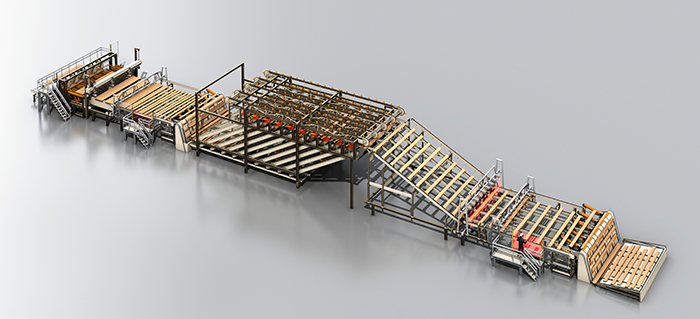Human and machines grow closer. For the first time a machine takes over tasks, that normally were reserved for humans. Deep Learning as part of machine learning probably is the most important technology for the future of artificial intelligence. In this role, it is relevant for the implementation of industry 4.0. The industrial sensory is at its turning point in matters of functionality provided by such new technologies and programs.
Deep Learning as motor for industry 4.0
A Deep Learning Application is based on an algorithm that is built as a neural network. Knowledge is generated independently through learned experiences to develop new cognitive sectors. The program continually keeps learning, gains new experiences as well as new findings, to adapt them to new conditions. These way new solutions for applications are possible, which can be used efficiently and productively in the industry sector.
Such a flexible application is necessary for industrial production, simply because of the increasing dynamic of markets. In ever shorter and faster gaps, new developments are launched at markets, a flexible sensor technology is necessary to keep up and hold your position on the market. The demand for individual solutions with basis on special customer wishes is increasing. That is the point where Deep Learning Applications come into play, because it is adaptable to customer needs easily and in a fast way.
Successful implementation in the timber industry
Most of the Deep Learning Projects SICK currently is focusing on are manufacturing applications or optical quality inspections. A sensor learns, processes information and acquires the needed functionality for a suitable solution for the posed problem. Such solutions show that artificial intelligence and sensor intelligence are growing closer; together they are the motor for Industry 4.0.
An executive and independent IT-base is used for the structure of the training data by recording and classification of thousands of images and examples as well as the training of a neural network. The computing performance needed for the training of such complex operations for Deep Learning solutions are provided by special computers with high CPU performance. The Deep Learning algorithm, which created data this way, stores it on local servers, which makes them accessible in a direct as well as fail-proof way via an intelligent camera, directly on the sensor
The first Deep Learning Application SICK implanted was for the timber industry. With the interpretation of the application an image analysis and processes was possible, which automatically recognizes, verifies and classifies by the means of trained objects and markers. This way the wood is recognized accordingly to the position of the annual rings and subsequently evaluated by its quality. Another possible application of Deep Learning is the classification of vehicles in toll stations along of highways. The sensor separates the vehicles with the help of the algorithm into toll classes and checks if the vehicles paid the right amount of toll.
Do you have any questions or would you like a personal consultation?



